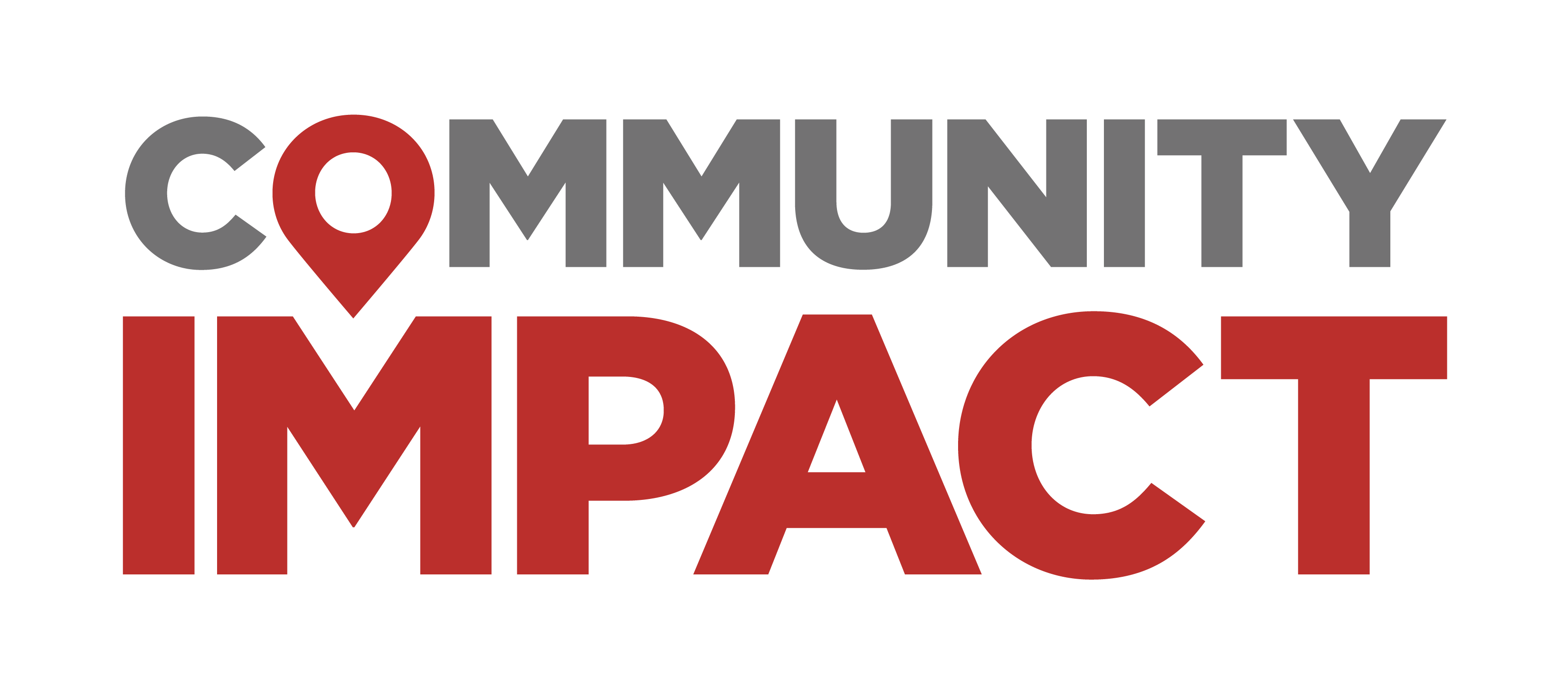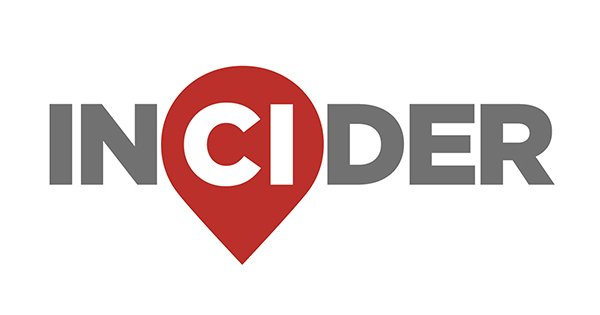The fire department serves 130,000 residents within 165 square miles and has 100 full-time employees, 50 part-time employees and 25 administrative staff members, Colburn said in an interview with Community Impact. He also shared his vision and goals for the department.
Can you share a little about your career journey and what led you to this position?
I have 28 years of fire experience. I started in Houston and spent my entire time at the city of Houston. I started out as a paramedic for about 10 years, then I was promoted to a captain on the engine where I did fire suppression for another 10 years, and then I was promoted to district chief over the hazardous materials response team, so I got a broad experience level there. What drew me to Magnolia? I've lived here my whole life, so I worked in the city of Houston, but I've lived in Magnolia since the first grade, so I've seen the community grow from a small country town to where it is now. I wasn't looking to leave the city of Houston. I liked what I was doing there, but this is the one job that I would leave there [for], because this is my community. My family lives here, my friends live here and it's been a dream job of mine since I've started the fire service.
What are your top priorities as the new fire chief?
We definitely want to streamline our services [and] make sure we continue to look to deliver impeccable service to our community. We want to be fiscally responsible, so we're streamlining our admin process as well. [We’ll] look in our organization [at] the way we deliver, but we also have to prepare for the growth that's coming at us. We have to be forward thinking—looking at new stations, new trucks, more people, the growth that's coming at us and responding to it, and having the capital to do that.
What’s your vision for the department as the community continues to grow?
The vision is to really just become an all-hazards response department. We have a great technical rescue team ... [so] to just keep growing our capacity to serve the community in all the specialized areas, continue delivering our good service, fire service and first responder to EMS runs, but finding where those risks are that aren't being taken care of, and start addressing those from a fire standpoint. There's a lot of areas where, as this growth comes at us, we're going to start seeing there's some areas that we lack coverage in, and being able to respond to those as a department before they get here.
How is the department adapting to the increased fire risk associated with rapid growth and dense tree cover?
It's something that they're used to [and that] they've been experiencing that for a while. We know we've had the wildfires in 2011 so they're used to that. As the houses grow closer to the woods, it brings on a whole different type of responsibility. The way we're handling that is we're making sure that we have the proper training... . We address it with policies and procedures, training and then equipment. We have to make sure that we equip them to do the job.
Has the department added personnel or equipment to keep up with the area's growth?
It's been difficult to say the least. Magnolia Fire Department is a unique department in the whole county. The reason being is our area of service is 165 square miles. To put that in perspective, it is four times bigger than The Woodlands. ... The growth is coming at us from every side. It's not like it's just coming from one area. So we have to make sure that we maintain proper coverage throughout that whole area so we can respond in a timely manner, but the population is not there yet. Our revenue comes from two different areas. It comes from property tax and it comes from sales tax. Our total revenue right now is around the same as some of these areas that have a lot less square miles to cover. We're trying to do more with less. ... That's why being fiscally responsible is so important. It's a juggling act. ... I can say that we have to continue to look for more revenue sources so we can continue to prepare for those but it takes two years to get a fire truck built. It takes two years to build a station. You can't wait for that growth to get here before you start doing it because it takes so long in the process.
What challenges does increased development pose for emergency response times?
It's a lot. ... When you have increased development, it comes with all the infrastructure problems. Road construction is the main one. It causes delayed response times [and] it causes more motor vehicle wrecks, but it's a necessary thing. We have to develop our infrastructure, or we're going to be behind. So we have to really work to stay ahead of that. You also have the utilities and the fiber optics that are being upgraded, which pose another risk. ... That's why you have to have a good technical rescue team that can respond to those technical incidents and help get people out of those situations. It's focused on the way we write our guidelines, we try to make sure that we account for all those things.
What message do you have for the community as their new fire chief?
This community means a lot to me. I grew up here and making sure that we deliver the best service is my top priority. I'm glad to be here. I'm happy to be here. I want the job. I'm glad I got the job, and I'm going to make sure that I lead this department in the right direction to take care of and respond to all the incidents, and not only the incidents but be involved in the community. We're not just here to respond to them on their worst day, but we're here to grow with the community and be involved in it. That's really what I want to build here.
Are there any concerns with access to water?
Well, from the fire department, that's always a concern. ... We have 3,000-gallon tankers stationed at every station. We have nine stations throughout our territory, and each station has a 3,000-gallon tanker, and they have an engine, a fire engine, with 1,000 gallons on it. Our response model, depending on where the fire is, the closest one will go with the fire engine [and] the second closest one will go with the fire engine, and then the other ones will come with the tankers with them, with the 3,000 gallons of water. Then we also on our maps, we have different draft sites where we can get water. ... So we do plan for being in a rural area and we do plan for the lack of water. It doesn't concern us too much, because we already have a plan for that.






